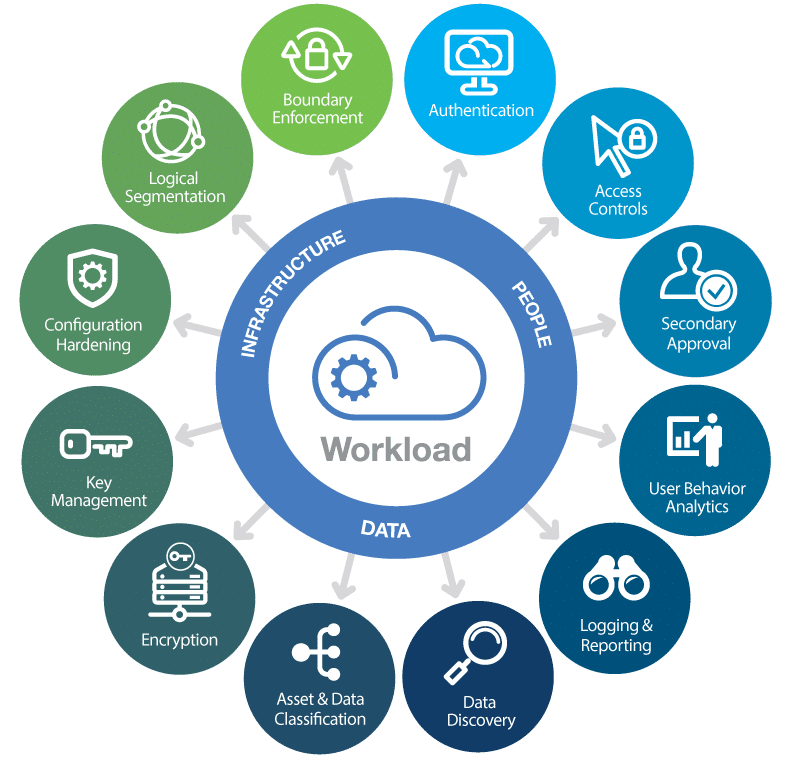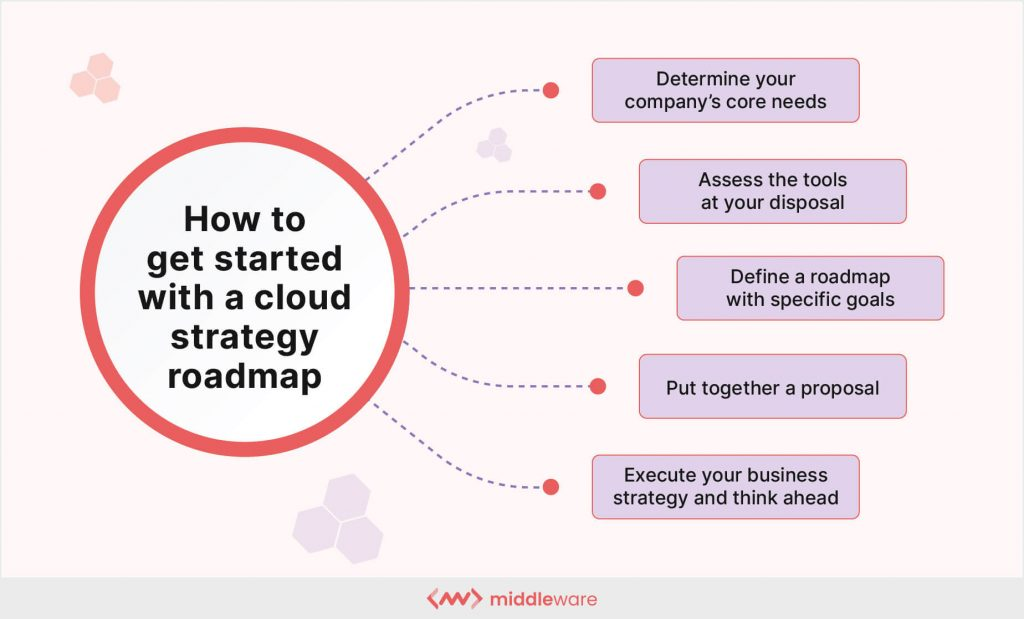Data center density is rapidly becoming a pivotal focus for businesses grappling with the evolving demands of modern cloud services and technology trends. As organizations seek to optimize their data center operations, high-density deployments are emerging as a significant strategy to enhance efficiency and reduce costs. The growing reliance on virtualization and consolidated server capabilities adds layers of complexity that require careful planning and execution. In this climate, data center expansion must be approached thoughtfully, aligning with latest data center trends that prioritize agility and scalability. With the right density strategies in place, companies can unlock the potential of their IT infrastructure, ensuring they remain competitive in an increasingly digital landscape.
In the realm of IT infrastructure, the term ‘data center density’ relates closely to the compact arrangement of computing resources and facilities designed to deliver high performance while conserving space and energy. As enterprises navigate their path to leveraging cloud technology and integrated solutions, they often consider optimizing their server environments. This pursuit of efficient resource utilization comes hand-in-hand with concepts like virtualization and strategic data center growth. Furthermore, expanding data center capabilities in response to fluctuating demand evolves from innovative strategies that reflect current trends in technology deployment. Therefore, organizations are tasked with finding the delicate balance between infrastructure density and operational effectiveness.
The Impact of Data Center Density on IT Strategies
Data center density refers to the amount of computing power and storage capacity contained within a certain physical space. With the rise of cloud services and virtualization, optimizing data center density has become crucial for businesses looking to enhance operational efficiency and reduce costs. Higher density leads to better space utilization, which is vital as real estate costs for data centers continue to rise in urban areas. Organizations must carefully assess the balance between their capacity needs and the expense of physical space, as every square foot counts in maximizing performance.
Moreover, a high-density environment allows for improved energy efficiency and lower cooling requirements. As more companies transition to cloud solutions, they must consider how their data center density can impact their carbon footprint. Sustainable data center practices, including efficient use of space, contribute not only to cost savings but also to a company’s overall environmental goals. For instance, implementing server virtualization technologies can significantly elevate data center density and reduce the physical footprint, making it easier for businesses to align with green IT standards.
Current Data Center Trends Affecting Density
The current data center landscape is marked by evolving trends such as the ongoing expansion of cloud services, the increasing demand for virtualization, and the drive for data center optimization. These trends heavily influence how organizations approach their data center strategies. For instance, cloud services are pushing companies to rethink their physical data center investments, often leading to consolidation efforts and an emphasis on flexibility. Virtualization creates an opportunity to improve data center density by allowing multiple virtual machines to run on fewer physical servers, thus maximizing the utilization of the available space.
According to industry analysts, data center optimization is becoming a necessity rather than an option. Organizations leveraging advanced management tools and automated processes can effectively monitor their data center density and make real-time adjustments as needed. This continual optimization allows for better alignment with current business demands and mitigates the risks associated with server sprawl. As trends indicate, companies increasingly recognize the importance of strategic data center design that prioritizes density and efficiency, which ultimately contributes to their competitive advantage.
Cloud Services: The Catalyst for Data Center Expansion
Cloud services have emerged as a catalyst for data center expansion, requiring organizations to adopt more scalable and flexible infrastructure solutions. As businesses shift towards utilizing cloud-based applications, there is a growing necessity for robust data center environments that can support increased density. Companies must ensure their data centers can handle the influx of new applications and the data complexity that comes with cloud services. Moreover, the strategic layering of public, private, and hybrid cloud solutions allows for optimizing data center density while maintaining control over sensitive information.
However, while cloud services can aid in reducing physical footprint through offloading certain workloads, they also present unique challenges. Companies need to carefully select cloud providers that not only support their business goals but also align with their data center density improvements. An effective partnership with cloud service providers can mean the difference between successful data center expansion and potential bottlenecks in performance. Consequently, businesses must remain vigilant in monitoring their cloud service frameworks to adapt their data center strategies accordingly.
Virtualization and Its Role in Enhancing Efficiency
Virtualization plays a pivotal role in enhancing data center efficiency, particularly when it comes to increasing density. By allowing multiple virtual machines to operate on a single physical server, virtualization reduces hardware costs and space requirements while boosting performance. This technology not only streamlines operations but also improves energy efficiency, crucial for organizations mindful of their overall environmental impact. As virtualization technology evolves, organizations can further reduce their data center footprint by efficiently consolidating resources.
Additionally, companies adopting virtualization must also embrace advanced management tools to maximize their infrastructures. These tools allow administrators to optimize server loads dynamically, making real-time adjustments as demand fluctuates. When executed effectively, this leads to significantly enhanced data center density, which in turn can contribute to unexpected cost savings and improved service delivery. As organizations transition to a more virtualized environment, they become better equipped to manage their data resources and align with future technological advancements.
Adapting to Changing Worker Lifestyles in Data Center Design
As worker lifestyles continue to shift towards increased flexibility and remote engagement, data center design must adapt accordingly. The merging of personal and professional data means that businesses must prioritize securing data across a variety of access points. Data center density plays an essential role in this adaptation, as organizations may need to implement stricter data governance policies while also ensuring that their infrastructure can handle a heightened load of mobile access. This requires careful planning and optimization to safeguard sensitive information.
In addition, companies must consider the implications of these changing lifestyles on their data center strategies. As employees increasingly utilize mobile devices, organizations need to assess how to balance productivity and security. High-density data centers equipped with robust security protocols can offer the solutions needed to support mobile workforces without compromising sensitive data. By integrating modern security measures alongside optimized density strategies, businesses can maintain high levels of productivity while securing their virtual environments.
Navigating Economic Challenges Through Data Center Optimization
Amidst economic challenges such as market fluctuations and shifting consumer demands, businesses are recognizing the importance of data center optimization to sustain growth. Economic uncertainty forces companies to make strategic decisions about resource allocation, and optimizing data center density can be a critical component of this initiative. Firms must adapt to changing economic climates by maintaining a flexible data center infrastructure, which can absorb fluctuations in demand with ease.
Moreover, organizations need to leverage data center optimization to minimize operational costs without sacrificing performance. Investments in technologies are essential in cultivating efficiency within their infrastructures. With factors such as the ongoing global economic crisis playing into the need for prudent resource management, businesses must consistently reevaluate their data center strategies. By aligning optimization efforts with economic realities, companies can better position themselves to navigate challenges while securing their future scalability.
The Rise of Mobility and Its Influence on Data Centers
The rise of mobility presents both a challenge and an opportunity for data center operations. The transition to a mobile-first world signifies that data centers must adapt their architectures to handle increased demands for mobile access. Organizations are called to rethink their data infrastructure as smartphones and tablets become the primary devices for accessing services. The density of data centers must be evaluated to support a higher volume of mobile requests without compromising performance.
Furthermore, businesses must implement solutions that allow seamless connectivity between mobile devices and data center resources. This includes enhancing bandwidth capabilities and optimizing data storage and retrieval practices to accommodate the expected traffic from mobile users. As organizations integrate mobility into their core operations, they may find that investing in data center density can foster better user experiences and lead to increased customer satisfaction, ultimately driving business growth.
Social Media’s Impact on Data Center Capacity Planning
Social media has dramatically transformed the way businesses operate and interact with customers, necessitating an increase in data center capacity and optimization. As companies leverage social media platforms for customer engagement, the demand for robust infrastructure capable of handling high volumes of data significantly rises. Businesses need to plan for increased data center density to facilitate real-time interactions and improve service delivery across social channels.
Moreover, as organizations strive to integrate social media insights into their broader strategies, they must ensure their data centers are equipped to analyze and store vast amounts of data generated through these channels. This need for higher density goes beyond just hardware; it encompasses incorporating advanced analytics and data processing capabilities. By enhancing data center capacity to handle social media interactions effectively, organizations can gain a competitive edge and foster stronger relationships with their customer base.
The Future of Data Center Expansion in a Cloud-Driven World
The future of data center expansion is being redefined by the growing reliance on cloud-based solutions. As businesses seek efficiency and scalability, the need for high-density data centers becomes apparent. The integration of cloud services allows organizations to minimize their physical footprint while meeting the demands of their users. Consequently, data center capacities must be planned with a focus on expansion capabilities to accommodate the ever-growing volume of data traffic.
Additionally, data center operators must anticipate changes in technological advancements and trends, such as the proliferation of smart devices and the Internet of Things (IoT). These developments will require more sophisticated infrastructure that can support complex data requirements. Embracing density in design will be key to facilitating this expansion and ensuring that businesses remain adaptable in a rapidly evolving environment. Organizations that prioritize effective data center expansion strategies will place themselves in a strong position to harness the potentials of a cloud-driven future.
Frequently Asked Questions
What is data center density and why is it important for cloud services?
Data center density refers to the amount of computing power and storage capacity housed per square foot within a data center. It plays a crucial role in cloud services as higher density enables more efficient use of space and resources. This optimization helps businesses reduce operational costs while meeting increasing demands for storage and processing. As organizations increasingly migrate to the cloud, understanding and improving data center density will be vital for ensuring scalability and performance.
How does virtualization impact data center density and optimization?
Virtualization significantly improves data center density by allowing multiple virtual servers to run on a single physical machine, thus maximizing resource utilization. This technology reduces the need for physical hardware, leading to a more efficient data center configuration and lower power and cooling costs. By optimizing the available space and resources through virtualization, businesses can enhance their overall data center strategy and scalability.
What trends are driving the need for higher data center density?
Several trends are driving the need for higher data center density, including the rise of cloud services, increasing mobile device usage, and the demand for real-time data processing. As organizations strive for faster, more efficient compute solutions, optimizing data center density becomes essential. Additionally, the push towards consolidation and efficient space utilization, spurred by economic pressures, is encouraging businesses to focus on increasing density as a key objective.
How can businesses manage data center expansion while maintaining density?
To manage data center expansion effectively while maintaining density, businesses should focus on implementing advanced cooling technologies, efficient power management strategies, and innovative layouts that maximize space utilization. Utilizing modular data center designs can allow for scalable expansions without compromising on density. Outsourcing certain workloads to cloud services can also alleviate pressure on physical data center space by distributing capacity needs across various locations.
What role does data center density play in reducing operational costs?
Data center density plays a significant role in reducing operational costs by maximizing the use of physical space and minimizing energy consumption. Higher density means that businesses can achieve more computing power with fewer resources, leading to savings in hardware, power, and cooling. By optimizing the environment for greater density, organizations can also lower their CAPEX and OPEX, allowing for more investments in essential IT functions.
Why is it crucial for companies to focus on data center optimization in today’s economy?
In today’s economy, focusing on data center optimization is crucial due to the need for cost efficiency and performance improvement. Companies are facing tight budgets and increasing demands for IT services. Optimizing data center density allows businesses to scale their operations flexibly, improving their ability to respond to market changes and customer needs while keeping costs under control. This strategic focus on efficiency can differentiate companies in a competitive landscape.
How does the increasing demand for social media and collaboration tools affect data center density?
The increasing demand for social media and collaboration tools directly affects data center density as these platforms require large amounts of data storage and processing capacity. As user engagement increases, the need for real-time analytics and data handling capabilities grows, compelling organizations to optimize their data centers for higher density. This ensures that they can accommodate the growing workload without expanding their physical footprint excessively.
What strategies can organizations use to enhance data center density?
Organizations can enhance data center density through several strategies, such as adopting virtualization technologies, implementing energy-efficient cooling systems, and utilizing high-density server configurations. Further, incorporating automation and monitoring tools can help optimize resource allocation and improve the overall management of data center operations, thus driving higher density and efficiency.
What future trends should organizations consider regarding data center density?
Organizations should consider trends like the increase in cloud adoption, advances in AI and machine learning workloads, and growing demand for edge computing when planning for future data center density. These trends will shape how data centers are designed and operated, emphasizing the need for adaptable, high-density infrastructures capable of supporting new technologies and service demands.
| Trend | Description |
|---|---|
| Lingering Global Economic Issues | Economic uncertainties forcing organizations to reassess budgets and investments. |
| Changing Worker Lifestyles | A shift to mobile devices merging personal and professional roles impacts data center needs. |
| Smartphones and Tablets | The rise of mobile devices demands enhanced data center capacity and adaptability. |
| Social Media and Collaboration | Businesses leverage social media interactions to boost customer engagement and fill workforce gaps. |
Summary
Data center density is becoming crucial for businesses navigating the evolving technological landscape. In a world where the demand for service and data management continues to escalate, organizations must adapt their strategies to maintain competitiveness. The trends affecting data center density, including economic pressures, the rise of mobile technology, and the shift towards social media, dictate that businesses invest in more efficient and consolidated data center solutions. As companies grapple with these changes, those that prioritize increased density will position themselves better for future growth and stability.



